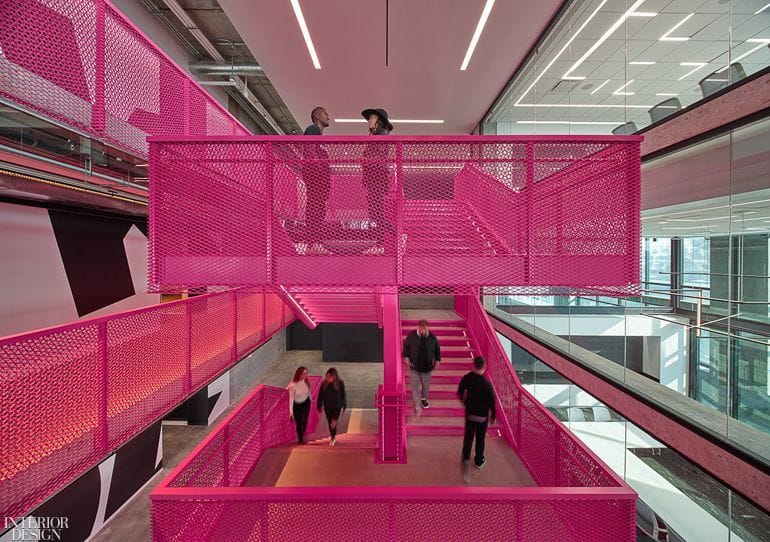In a move that signals a robust commitment to the burgeoning field of augmented and virtual reality (AR/VR), Google has unveiled plans for the launch of Android XR, a new operating system designed specifically for immersive technologies. Set to be released in 2025, Android XR will debut on a new headset developed in collaboration with Samsung, marking a significant milestone in the evolution of both companies’ technology ecosystems.
### Overview of Android XR
Android XR is envisioned as an integrated platform that combines augmented reality (AR) and virtual reality (VR) experiences into a single cohesive framework. This means users will be able to seamlessly transition between real-world environments and fully immersive virtual spaces, allowing for a diverse range of applications from gaming and entertainment to education and professional training.
Google’s decision to develop a dedicated operating system for XR applications is a response to the growing demand for immersive experiences across various sectors. The company aims to leverage its extensive experience in software development and user interface design to create an intuitive platform that enhances user engagement and provides developers with powerful tools to create innovative applications.
### Collaboration with Samsung
The partnership with Samsung is particularly noteworthy, as the tech giant has been a key player in the hardware space for AR/VR technologies. Samsung’s experience in developing high-quality displays and wearable technology positions it as an ideal collaborator for Google in this venture. The specifics of the headset, including its design, features, and technical specifications, are still under wraps, but early indications suggest that it will be equipped with advanced sensors, high-resolution displays, and a comfortable ergonomic design suited for extended use.
This collaboration also aligns with Samsung’s previous investments in AR/VR technologies, such as the Samsung Gear VR and the Odyssey series of headsets. By integrating Android XR into a new headset, Samsung can ensure that users have access to a rich library of applications and experiences that leverage the full capabilities of the platform.
### Key Features of Android XR
One of the standout features of Android XR is its ability to support a wide array of applications and services. Google has indicated that the platform will be backward compatible with existing Android applications, allowing developers to easily transition their apps to the XR environment. This move is expected to accelerate the growth of the XR ecosystem, as developers can leverage their existing codebases while creating new immersive experiences.
Moreover, Android XR is designed to support multiple input methods, including hand tracking, voice commands, and traditional controllers. This flexibility will enable users to interact with virtual environments in ways that feel natural and intuitive, enhancing the overall user experience.
Additionally, Google has emphasized the importance of privacy and security in the development of Android XR. The platform will incorporate robust security features to protect user data, particularly as it relates to the collection of biometric information through sensors and cameras integrated into the headset.
### Potential Use Cases
The applications of Android XR are vast and varied. In the entertainment sector, users can expect to see immersive gaming experiences that fully utilize the capabilities of VR technology. With the rise of multiplayer online games, Android XR could facilitate social interactions in virtual spaces, allowing users to connect with friends and other players in new, engaging ways.
In education, Android XR has the potential to revolutionize learning experiences. Virtual classrooms could allow students to explore historical sites, conduct science experiments, or engage in simulations that enhance their understanding of complex topics. The hands-on nature of XR learning can cater to various learning styles, making education more accessible and enjoyable.
The healthcare industry could also benefit significantly from Android XR. Medical professionals could use the technology for training simulations, allowing them to practice procedures in a risk-free environment. Furthermore, patients could engage in therapeutic VR experiences designed to alleviate anxiety or phobias.
### Developer Support and Ecosystem Growth
To ensure a thriving ecosystem for Android XR, Google has committed to providing developers with the tools and resources needed to create high-quality applications. This includes comprehensive documentation, development kits, and support forums aimed at fostering collaboration and innovation within the developer community.
Google is also expected to launch an app store specifically for XR applications, similar to the Google Play Store. This platform will serve as a centralized hub where users can discover and download XR experiences tailored to their interests and needs. By establishing a dedicated marketplace, Google aims to facilitate the growth of the XR industry and encourage developers to create cutting-edge applications.
### Competitive Landscape
The announcement of Android XR comes at a time when several tech companies are actively exploring the possibilities of AR and VR. Meta (formerly Facebook) has invested heavily in its own VR platform, Meta Quest, while Apple has teased its upcoming AR headset, which is rumored to feature advanced capabilities. As competition intensifies, Google’s entry into the XR market with Android XR could reshape the landscape and drive further innovation across the industry.
### Conclusion
As Google prepares for the 2025 launch of Android XR on a Samsung headset, the tech community is watching closely. The integration of AR and VR into a single platform presents exciting possibilities for users and developers alike. With a focus on compatibility, security, and user experience, Android XR has the potential to become a cornerstone of the next generation of immersive technology. As the launch date approaches, stakeholders will be keen to see how this platform will influence the future of AR and VR applications across various sectors.



